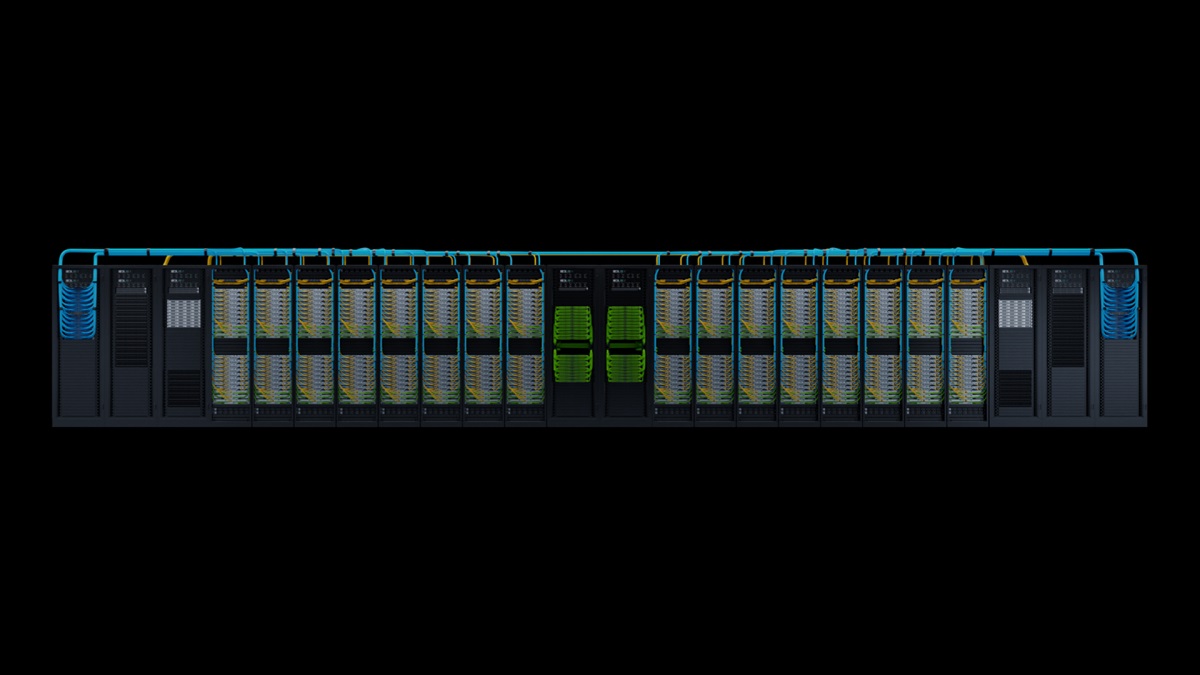Silicon Data has created SiliconMark as a benchmarking tool for rented decentralized GPUs. You can think of it as Carfax for GPUs.
Renting graphics processing units (GPUs) for AI and cloud gaming computing purposes is becoming a thing. You can tell because Silicon Data is making a living benchmarking these GPUs with Silicon Mark.

Unlock premium content and VIP community perks with GB M A X!
Join now to enjoy our free and premium membership perks.
![]()

![]()